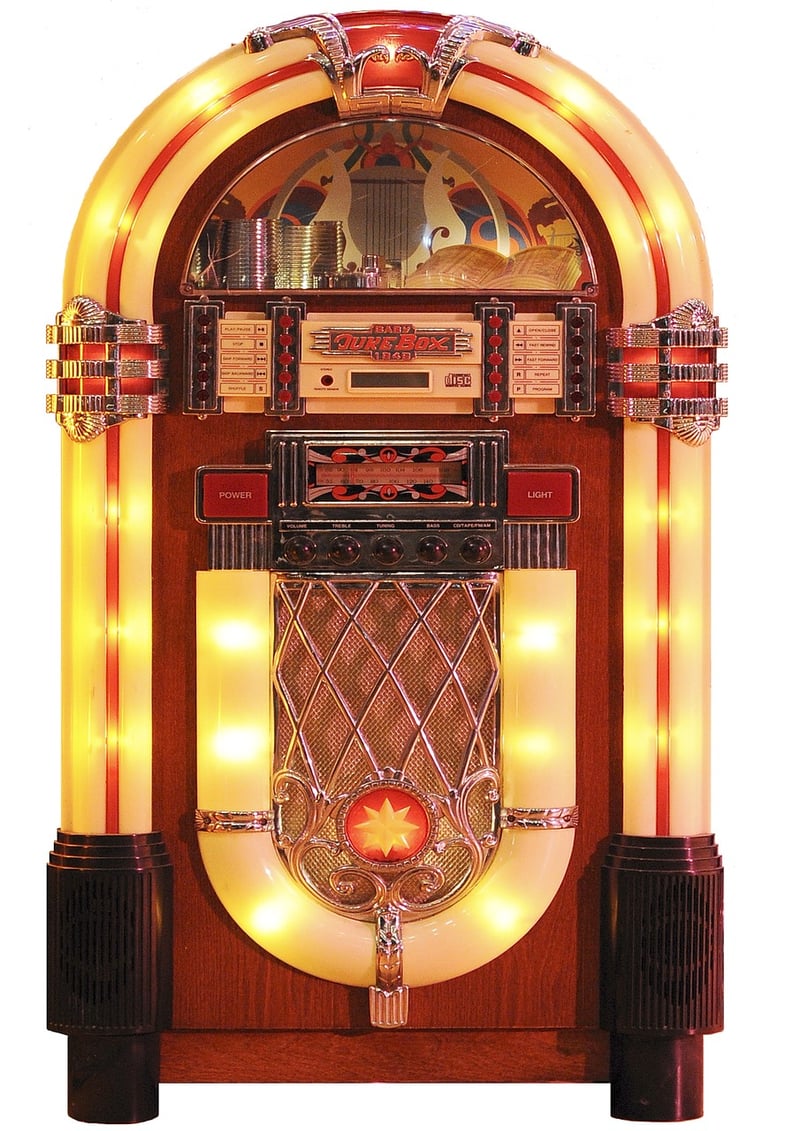Rock 'n' Roll
The Evolution of Rock 'n' Roll Through the Decades
Rock 'n' Roll is a genre that has transcended time and left an indelible mark on the music industry. From its humble beginnings in the 1950s to its diverse subgenres today, rock music has evolved and adapted to the changing cultural landscape. Let's take a trip down memory lane and explore the evolution of rock 'n' roll through the decades.
1950s: The Birth of Rock 'n' Roll
The 1950s marked the birth of rock 'n' roll, with artists like Elvis Presley, Chuck Berry, and Little Richard paving the way for a new sound that combined elements of blues, country, and R&B. The energetic rhythms and rebellious lyrics of rock 'n' roll captured the spirit of a generation.

1960s: The British Invasion and Psychedelic Rock
The 1960s saw the rise of the British Invasion with bands like The Beatles, The Rolling Stones, and The Who dominating the charts. Psychedelic rock also emerged during this decade, with artists experimenting with new sounds and pushing the boundaries of rock music.

1970s: The Era of Classic Rock
The 1970s brought forth the era of classic rock, with iconic bands such as Led Zeppelin, Pink Floyd, and Queen defining the sound of the decade. Arena rock and hard rock became increasingly popular, with bands delivering electrifying performances to massive audiences.

1980s and Beyond: The Diversification of Rock
As we moved into the 1980s and beyond, rock music continued to diversify, giving rise to subgenres like punk rock, grunge, and alternative rock. Bands like Nirvana, U2, and Guns N' Roses pushed the boundaries of rock music and ushered in a new era of innovation and creativity.

Rock 'n' roll has undergone many transformations over the years, but its spirit of rebellion, individuality, and raw energy remains constant. Whether you're a fan of classic rock, punk rock, or indie rock, the legacy of rock 'n' roll continues to inspire and captivate audiences around the world.
Rock on!
